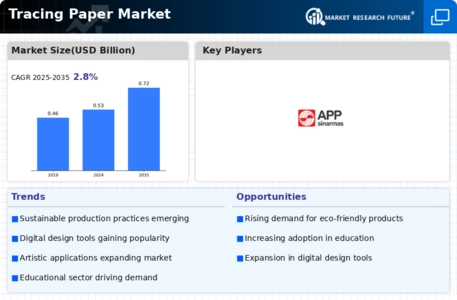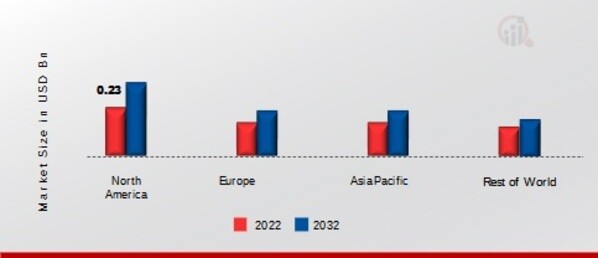Market Analysis
In-depth Analysis of Tracing Paper Market Industry Landscape
The tracing paper market operates within a multifaceted framework influenced by a variety of factors that shape supply, demand, and pricing dynamics. Tracing paper, a translucent paper used for tracing drawings, sketches, and designs, serves as a crucial tool in various industries, including architecture, engineering, and graphic design. Understanding the market dynamics of tracing paper involves examining key elements such as technological advancements, industry trends, competitive forces, and consumer preferences.
Technological innovations play a significant role in shaping the tracing paper market dynamics. Advancements in paper manufacturing processes have led to the development of tracing paper with improved clarity, durability, and ink absorption properties. For example, the introduction of acid-free tracing paper has gained traction among artists and architects due to its archival quality, which prevents yellowing and deterioration over time. Additionally, innovations in coating technologies have enabled the production of tracing paper that is compatible with a wide range of drawing tools, including pencils, pens, and markers, enhancing its versatility and usability.
Industry trends also influence the dynamics of the tracing paper market. The increasing digitization of design processes and the widespread adoption of computer-aided design (CAD) software have led some to speculate about the decline of traditional drafting materials like tracing paper. However, despite the availability of digital alternatives, tracing paper continues to hold relevance in the creative process. Many artists and designers value the tactile experience and flexibility offered by tracing paper, using it in conjunction with digital tools to explore ideas and refine designs. Moreover, the resurgence of interest in hand-drawn illustrations and the popularity of bullet journaling have contributed to sustained demand for tracing paper among hobbyists and enthusiasts.
Competitive forces shape market dynamics by influencing pricing strategies, product differentiation, and market share. The tracing paper market is characterized by a diverse array of suppliers, ranging from large paper manufacturers to specialty suppliers catering to niche markets. Competition within the industry is fierce, with companies vying for customers through factors such as brand reputation, product quality, and customer service. For example, premium tracing paper brands may differentiate themselves by offering superior transparency and thickness, while budget-friendly options may focus on affordability and accessibility. Strategic partnerships with retailers, art supply stores, and online platforms also play a crucial role in expanding market reach and capturing consumer demand.
Consumer preferences and purchasing behaviors are key determinants of market dynamics in the tracing paper industry. Understanding the needs and preferences of target customers is essential for companies to develop effective marketing strategies and product offerings. For instance, architects and engineers may prioritize tracing paper with precise grid lines and dimensional stability for technical drawings, while artists may prefer tracing paper with a smooth surface and excellent erasability for sketching and illustration. Moreover, environmental considerations such as sustainability and eco-friendliness are increasingly important factors influencing consumer purchasing decisions. Companies that embrace environmentally friendly practices, such as using recycled materials and minimizing waste in production processes, are well-positioned to appeal to environmentally conscious consumers and gain a competitive edge in the market.


 Source: Secondary Research, Primary Research, Market Research Future Database, and Analyst Review
Source: Secondary Research, Primary Research, Market Research Future Database, and Analyst Review

Leave a Comment